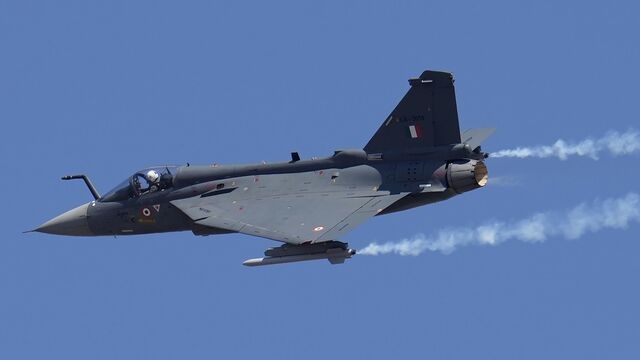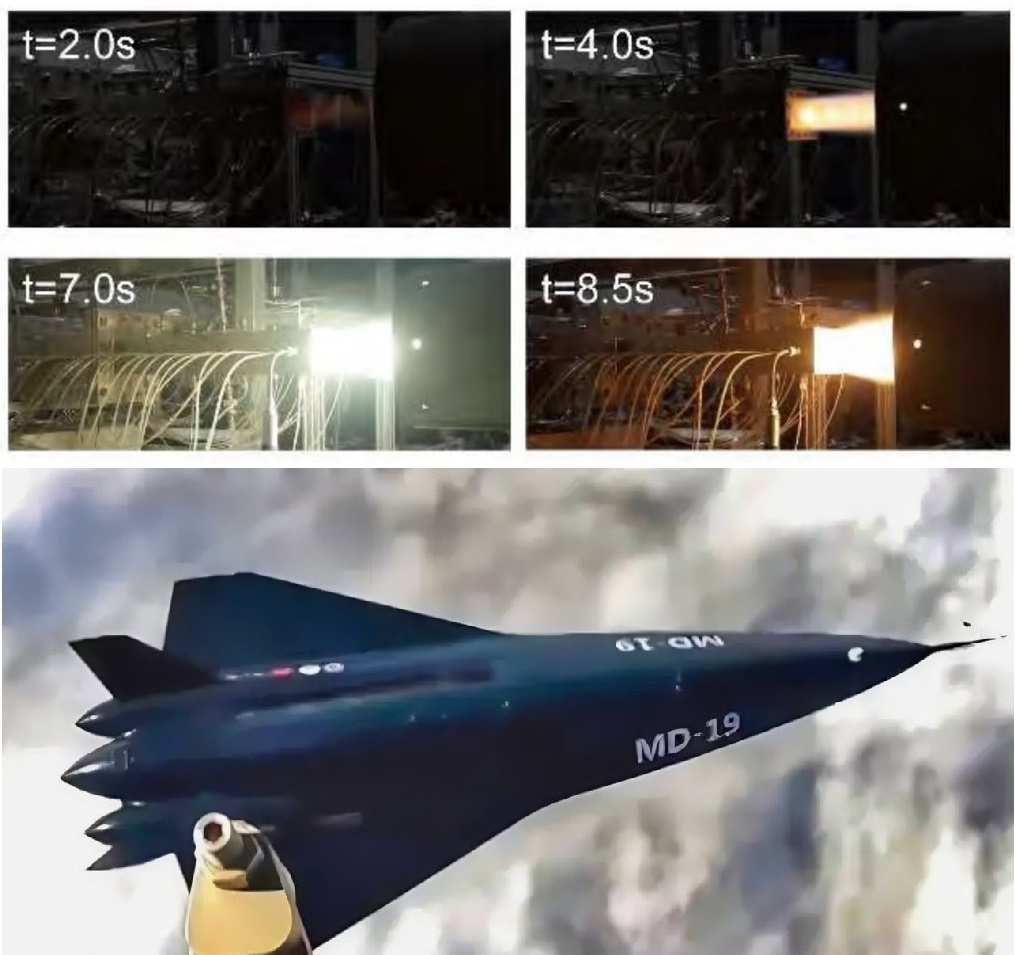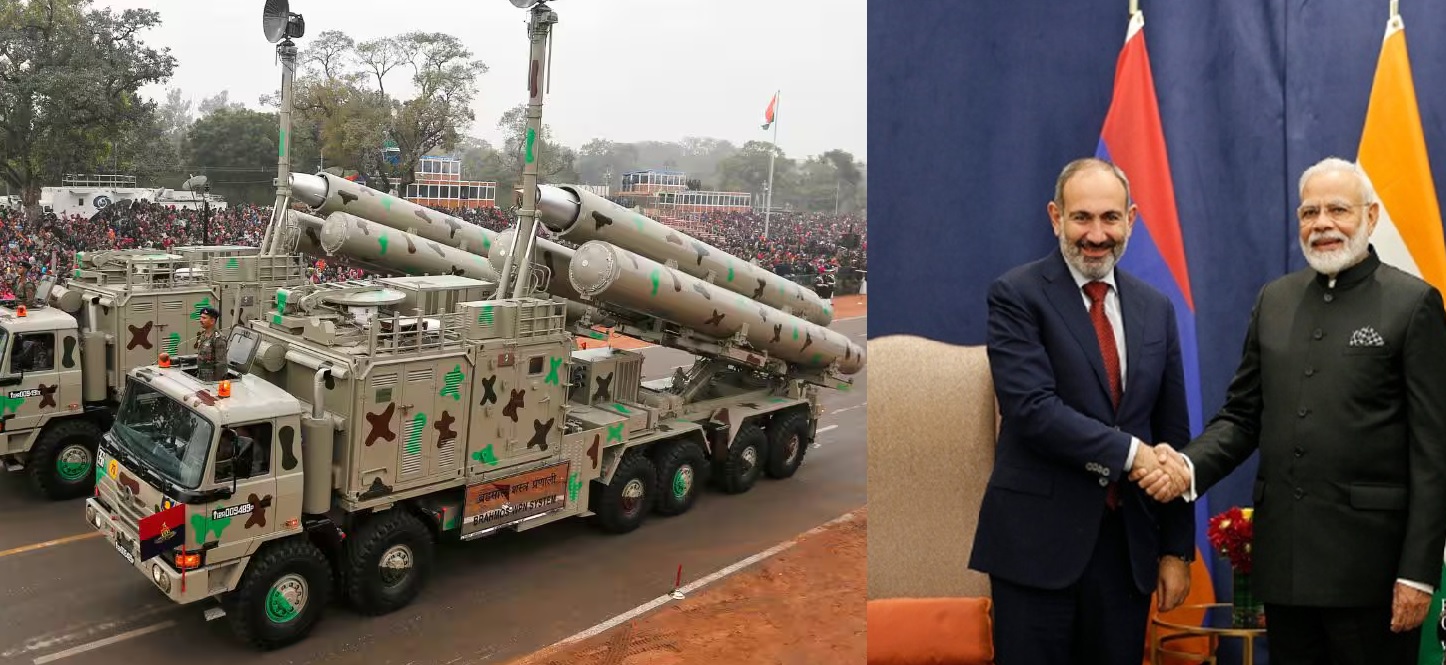India’s DRDO Begins Flight-Testing of “Swayam Raksha Kavach” EW Suite for Tejas Mk-1A Fighters

India’s Defence Research and Development Organisation (DRDO) has entered an advanced stage of testing for its next-generation Swayam Raksha Kavach (SRK) electronic warfare (EW) suite — a critical upgrade designed to significantly enhance the survivability and self-protection capabilities of the HAL Tejas Mk-1A light combat aircraft. The system, whose name translates to “Self-Protection Shield,” represents a new milestone in India’s growing self-reliance in airborne electronic warfare technologies.
From D-29 to SRK: Evolution of India’s Airborne EW Capability
The SRK suite builds upon the legacy of DRDO’s earlier D-29 EW suite, which was originally developed for the Indian Air Force’s MiG-29 fleet over a decade ago. While the D-29 provided basic radar warning and jamming capabilities, the new SRK suite incorporates modernized hardware, advanced digital signal processing, and a fully integrated architecture tailored for the Tejas Mk-1A’s avionics and mission systems.
According to DRDO officials, the development of the SRK system began in 2021, led by the Combat Aircraft Systems Development and Integration Centre (CASDIC). Initial ground integration tests have now transitioned into flight trials aboard a Tejas Mk-1A test aircraft. The system includes a radar warning receiver (RWR) seamlessly integrated into the airframe and an external jammer pod mounted on a dedicated hardpoint. This dual-configuration enables both passive and active defense modes, detecting and countering hostile radar emissions in real time.
Enhanced Capabilities and Design Features
The Swayam Raksha Kavach is designed to deliver multi-threat protection, capable of handling modern radar-guided air-to-air and surface-to-air missile threats. It employs wideband detection, real-time emitter classification, and adaptive jamming waveforms — a leap forward from the D-29’s analog-based processing.
DRDO sources indicate that SRK’s modular design will allow future upgrades through software-defined enhancements, supporting emerging radar threats without major hardware changes. The system also leverages indigenous digital receiver technology, improved power management for jamming transmitters, and a lighter structure to minimize drag and preserve aircraft performance.
Flight-Testing and Deployment Timeline
Flight trials for the SRK suite began in late 2024 and are expected to continue through mid-2026, focusing on verifying system performance across multiple threat environments. Once trials are completed, the Tejas Mk-1A fleet — currently under large-scale production by Hindustan Aeronautics Limited (HAL) — will begin receiving the SRK package by end of 2026, as part of its progressive induction into the Indian Air Force.
The IAF has ordered 83 Tejas Mk-1A aircraft, featuring upgraded radar, improved electronic warfare capability, and enhanced maintainability. The SRK EW suite will serve as a central element of the Mk-1A’s self-protection system, complementing its AESA radar and networked combat avionics.
Inside the Swayam Raksha Kavach: Architecture and Components
A schematic released by DRDO (as seen in the Electronic Warfare Suite for Fighter Aircraft – Tejas display during the Samanvay summit) provides a detailed insight into the layout and technology of the SRK system.
The SRK suite consists of both internal and external components:
-
Radar Warning Receiver (RWR): Detects and identifies hostile radar emissions.
-
Digital Front-End Assemblies (DFEA): Positioned at multiple locations on the aircraft to ensure 360° coverage.
-
Unified Receiver Exciter Processor (UREP): Acts as the system’s “brain,” handling radar signal analysis, emitter classification, and coordination of countermeasures.
-
Transmitters and Antennas: Multiple Tx (transmitting) and Rx (receiving) antennas are distributed along the airframe for comprehensive coverage.
-
External Jammer Pod: Provides high-power jamming against radar-guided threats using Digital Radio Frequency Memory (DRFM) technology.
Internally, the EW suite’s architecture includes a Scanning Receiver and Exciter, a High Power Output Interface (HPOI) Receiver, and a DRFM Receiver and Exciter. The DRFM module allows the system to capture radar signals, modify them, and retransmit them to deceive or saturate enemy radar systems.
Together, these components form an integrated Radar Warning and Jammer (RWJ) system that enables both passive detection and active counteraction against radar-based threats.
Technology Transfer and Industrial Collaboration
During the Samanvay 2025 industry summit held in Bangalore on 29–30 October 2025, DRDO formally transferred several technologies to its industry partners, reinforcing its strategy of joint development and production. Among these transfers was the improved D-29 EW suite technology, handed over to Bharat Electronics Limited (BEL) for large-scale production and further optimization.
BEL will also serve as a key industrial partner for the production and integration of SRK, leveraging its expertise in airborne EW systems and radar technologies. This collaboration aligns with India’s “Atmanirbhar Bharat” initiative, aimed at fostering indigenous defense manufacturing and reducing dependency on foreign suppliers.
Strategic Implications
The induction of the SRK suite represents a critical step toward modernizing India’s electronic warfare ecosystem. With increasing regional threats from advanced radar and missile systems, the ability to detect, identify, and counter enemy emitters in complex electronic environments has become essential for mission survivability.
Moreover, the modular nature of the SRK makes it adaptable not only for the Tejas Mk-1A but also for potential integration with future Indian platforms, such as the Tejas Mk-2, Advanced Medium Combat Aircraft (AMCA), and even unmanned combat aerial systems (UCAVs) under development.
✍️ This article is written by the team of The Defense News.






